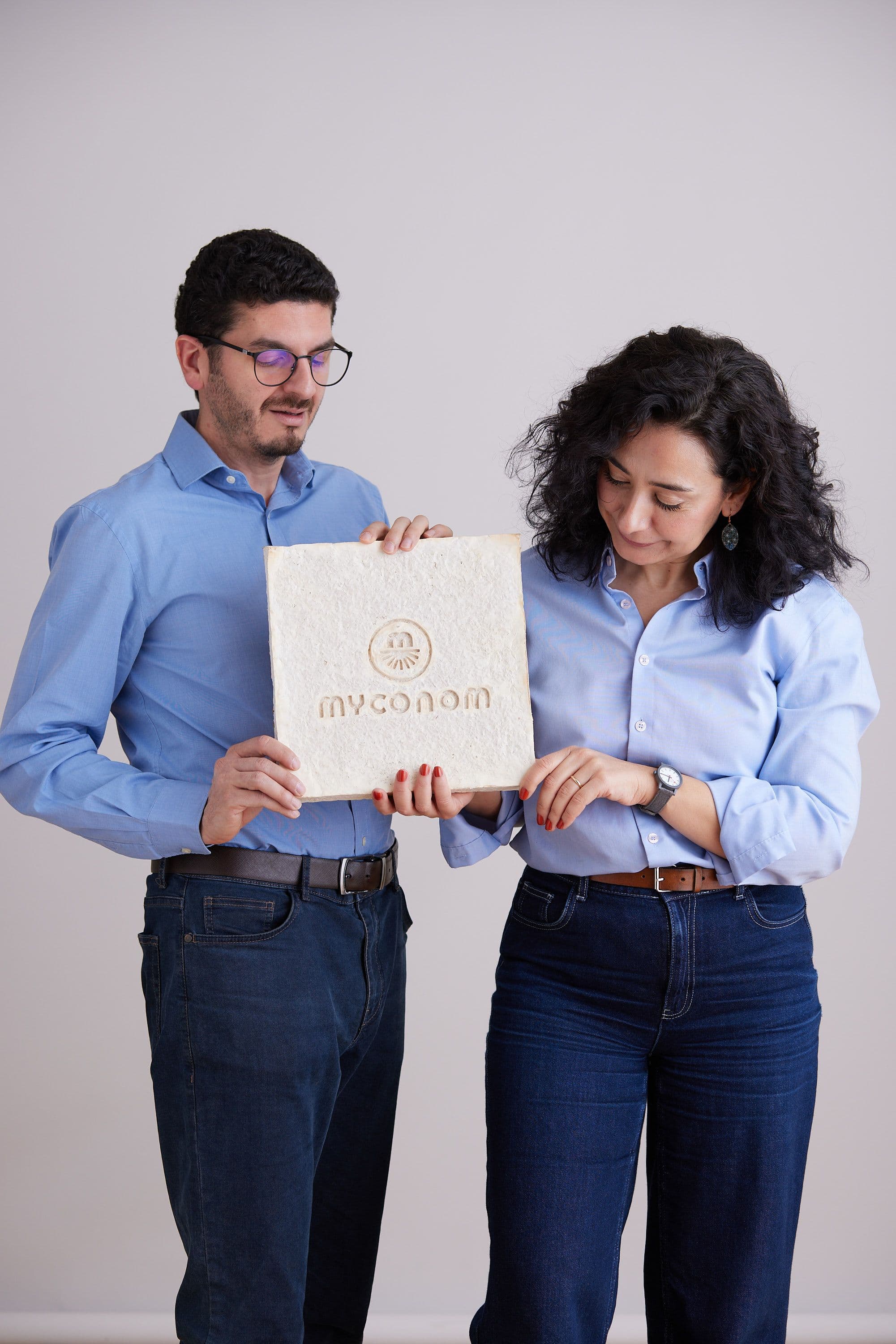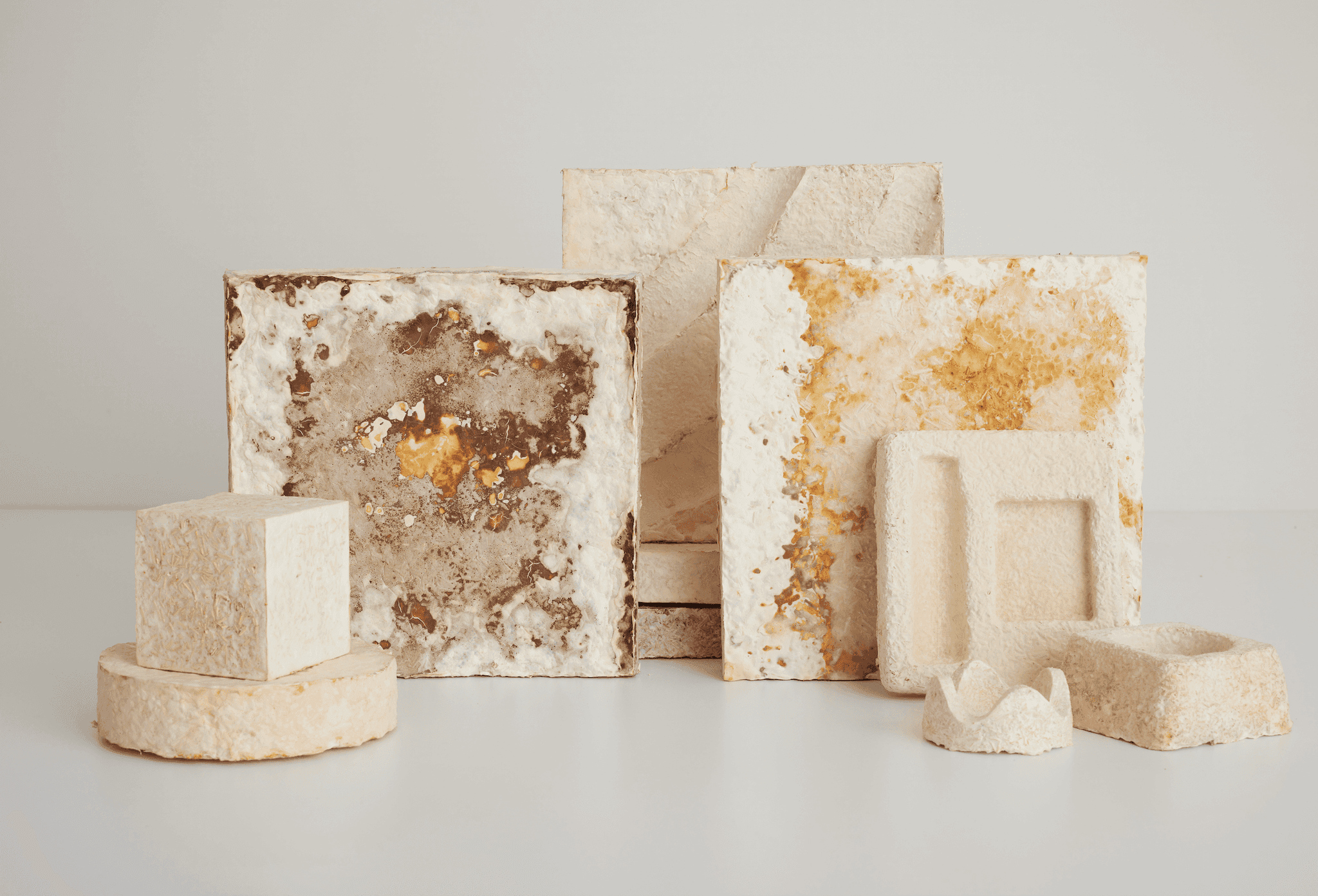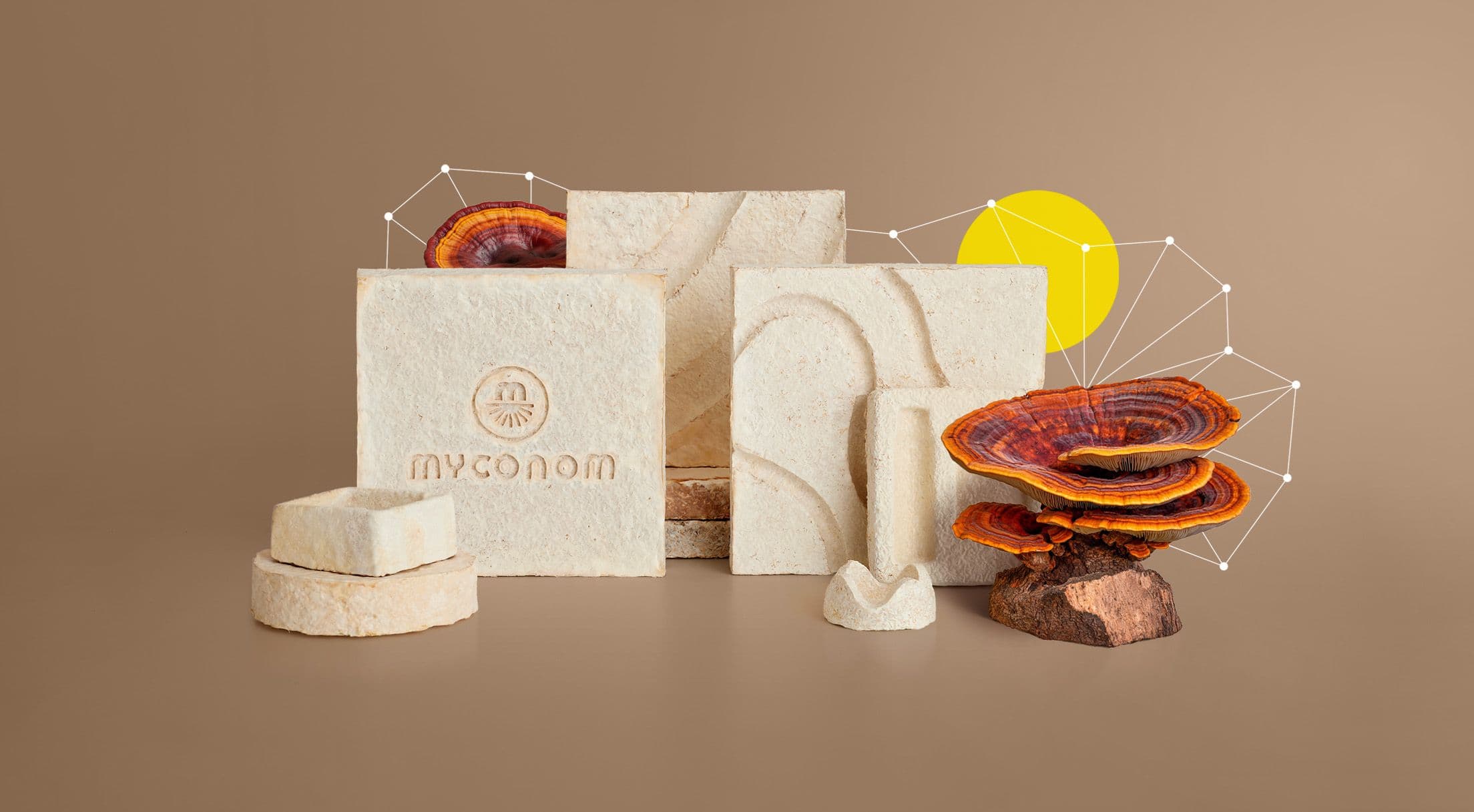1. Mycelium’s role as a natural binder is central to your materials. How do you optimize its binding strength when working with different agricultural or textile waste substrates?
We fine-tune a range of variables to promote robust mycelial colonization. This includes controlling substrate particle size, maintaining the right carbon-to-nitrogen ratio, and adjusting moisture levels. Each fungal strain is paired with substrates it can enzymatically degrade most efficiently, enhancing its natural binding capacity. Growth environments—temperature, humidity, airflow—are carefully regulated to encourage dense hyphal networks that translate into stronger composite structures. We validate each formulation through mechanical testing to confirm its performance, especially for acoustic applications.

2. Your acoustic panels are both fire-resistant and VOC-free. What specific treatments or process adjustments enable this performance without compromising biodegradability?
We rely primarily on the inherent properties of mycelium and the use of non-toxic, biodegradable substrates. The dense mycelial network itself slows flame propagation, and by steering clear of synthetic binders, we prevent the release of any volatile organic compounds (VOCs). For added fire resistance, we sometimes incorporate mineral-based additives like natural clays or gypsum, which preserve the material’s full biodegradability.
3. What are the main mechanical and acoustic performance benchmarks you aim to match or exceed compared to traditional petrochemical-based panels?
We aim to match or outperform conventional materials like fiberglass and foam in key metrics: compressive strength, tensile durability, and sound absorption. Acoustically, our panels are designed to achieve performance comparable to standard acoustic foams, targeting a Noise Reduction Coefficient (NRC) upwards of 0.6, depending on thickness and surface geometry. Mechanically, our composites hold up well against standard particleboards in both load-bearing and impact tests.

4. You mention that production uses 60% less energy than styrofoam. Could you break down where these energy savings are achieved in the mycelium growth and molding stages?
Absolutely. First, ambient-temperature growth of mycelium eliminates the need for high-heat processes used in styrofoam production. Second, molding relies on the natural binding action of the mycelium—not energy-intensive chemical polymerization. Finally, our raw inputs—agricultural or textile waste—require minimal preprocessing, unlike petrochemical feedstocks that undergo extensive refining. These streamlined steps significantly reduce our energy footprint across the board.
5. Mycelium’s growth is inherently shaped by its environment. How do you maintain material consistency and quality at scale while using variable waste inputs?
We implement preprocessing protocols to standardize particle size, nutrient content, and moisture across waste streams. Additionally, we match fungal strains to each substrate type for optimal growth. Environmental factors such as temperature, humidity, and CO₂ levels are tightly controlled, and molding and drying processes are standardized to ensure uniformity across batches.
6. With the acoustic panels being mold-customisable, what are the key design constraints or opportunities that product designers should be aware of when working with your material?
The sculptural freedom of three-dimensional molding is a major design asset. Logos, patterns, or textures can be integrated directly into molds, reducing post-processing. The material’s organic texture and tonal warmth offer inherent aesthetic appeal. However, designers should account for up to 5–10% shrinkage during drying, and note that fine details may soften. Also, because the material is rigid and non-flexible, it can’t be bent or snapped into place like plastic.

7. How do you balance achieving effective sound absorption and durability in your acoustic panels while ensuring they remain lightweight and environmentally friendly?
We maintain minimum viable thickness to ensure acoustic absorption while minimizing material use. Selected agricultural and textile waste inputs are optimized for structural strength, and when necessary, we apply biodegradable protective coatings for added durability. The result: a lightweight, compostable panel that doesn’t compromise on performance.
8. Textile waste is a newer addition to your input streams. What adjustments had to be made to your mycelium growth protocols to accommodate the different fibre structures or chemical residues?
We focus on untreated, natural fibers like raw cotton, which mycelium can colonize effectively. Any synthetic content or chemical finish disrupts growth, so we preprocess textile inputs through sorting, shredding, and washing. We also adjust nutrient ratios and fungal strains to accommodate the unique porosity and structure of textile fibers.
9. From a systems perspective, how does Myconom evaluate the regional circularity of your materials—from substrate sourcing to local biodegradation?
Local sourcing is a priority—both to reduce emissions and support regional supply chains. Our products are designed for on-site biodegradation, requiring no specialized collection. Once returned to soil, they decompose naturally and enrich the ecosystem, making end-of-life handling both seamless and regenerative.

10. Looking ahead, where do you see the most promising opportunities for mycelium-based composites in industries beyond packaging and interiors?
We're exploring applications in automotive acoustics and interior panels, where the material’s lightweight and sound-dampening properties are highly valuable. Construction materials, including insulation and low-load architectural elements, are another promising area. And then there’s fashion: mycelium-based leather alternatives are gaining traction for accessories and footwear. The scope is wide—and growing.








